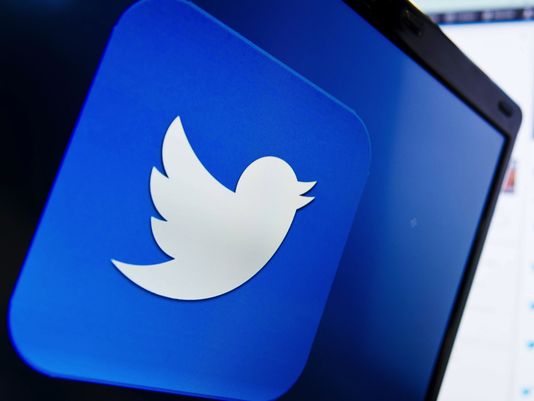Twitter talk fits into 6 patterns, study finds
DES MOINES, Iowa -- Spend time on Twitter and you find millions of conversations at any given moment. They can cover any topic, from polarizing political conversations to shared experiences during the Super Bowl.
The Pew Research Center tried to find specific patterns in these exchanges and found most conversations fit within six key structures. We spoke with social media experts about the study.
Finding No. 1. "Polarized crowds" structure fuels political talk.
While many would say this is "unsurprising," the result paints Twitter as one of the best mirrors of society, said Nathan Wright, who works in digital marketing at Hy-Vee.
"It reflects human behaviors, in which we cluster around our beliefs," said Wright, who leads the West Des Moines grocery store company's social media team. "It's similar to the TV news landscape. I don't find many people who say, 'I'll watch Fox News a little, then some MSNBC.'"
Finding No. 2: "Tight crowds" form around specific areas of interest.
Conferences, professional topics and even hobby groups drive conversation on Twitter. Organizations can inform members quickly, said Josh Fleming of the Meyocks Group, who also serves as president of Iowa's American Marketing Association chapter.
"When we have a luncheon, we are able to tell the story from within" on Twitter, he said. "But we can also let others who don't know about AMA get insight."
Finding No. 3: Products and celebrities drive "brand clusters" between unconnected people.
Well-known products receive comments from complete strangers, leading to multiple conversations about their product. That means brands must find the connective tissue between groups and users, Social Wise Media Group founder Ini Augustine said.
"Bacon is awesome, and we can all agree on that," she said. "Using Twitter as a brand-marketing tool is a way to remind people that we do have more in common than different."
Finding No. 4: Global news leads to "community clusters" of conversation with its own audience.
News coverage on Twitter by different outlets can lead to a more informed public, experts say.
"I might see a tweet from one news outlet before I see it in a breaking news tweet," said Katie Miller-Smith, director of the social media strategy company Catchfire Media. "That is the style of news now."
Finding No. 5: Well-known media outlets create "broadcast network" structures through retweets and commentary.
When a reliable news source reports something on Twitter, the level of retransmission, or retweets, creates a broadcast news effect that can grow an audience.
"You come to revere certain sources," Miller-Smith said. "When NBC tweets a topic, that's how it spreads quicker."
Finding No. 6: "Support network" conversations revolve around one source: customer complaints that brands try to resolve through Twitter.
As more consumers assess a brand's performance on social media, conversations form a "hub-and-spoke" structure in which the company replies to consumers directly. It's a lesson all companies should learn: Be engaged.










